Description
Filariae are a family of parasitic worms which infect animals and humans, causing severe diseases such as elephantiasis (lymphatic filariasis) and river blindness (onchocerciasis) in humans, as well as heartworm disease (dirofilariasis) in dogs and cats. While the human diseases are rarely fatal, the blindness and disfiguration resulting from these infections constitute a severe burden for the affected individuals and to the healthcare systems in many tropical countries. In 2017, the World Health Organization classified several filariases as neglected tropical diseases and announced a new program seeking to eradicate these infections, which has in turn sparked a new push to develop antifilarial drugs. Considering the current and future import of this topic, Human and Animal Filariases takes a comprehensive look at infections by filarial parasites in humans and in animals. It begins by reviewing the current state of diagnosis and chemotherapy, before addressing the increasing resistance to available antifilarial drugs. This is followed by strategies and approaches for the discovery of novel drugs and finally by looking at alternative and supplementary approaches to combat the parasites, including vector control and vaccination. 631 p.
Series: Drug Discovery in Infectious Diseases

- Ronald Kaminsky, Editor. PhD; Former Head of Parasitology Research at Novartis Animal Health (Switzerland); currently consultant for antiparasitic drug discovery in the animal health sector; Lecturer at the University of Basel (Switzerland); and the Swiss Tropical and Public Health Institute, Allschwill (Switzerland).
- Timothy G. Geary, Editor. PhD; Emeritus Professor and past Director of the Institute of Parasitology at McGillUniversity, Sainte-Anne-de-Bellevue, QC (Canada); and Professor in the School of Biological Sciences, queen’s University-Belfast (UK).
- Publication date (digital version): 2022-10.
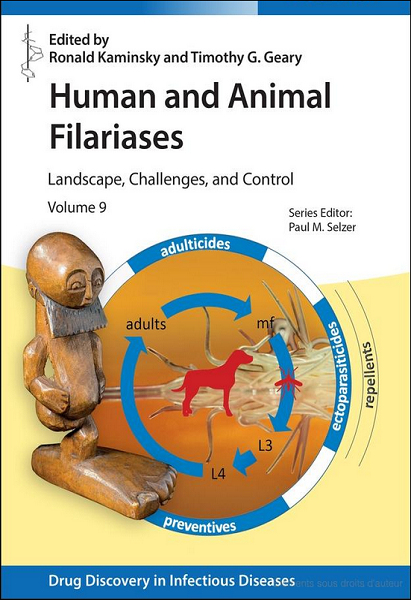
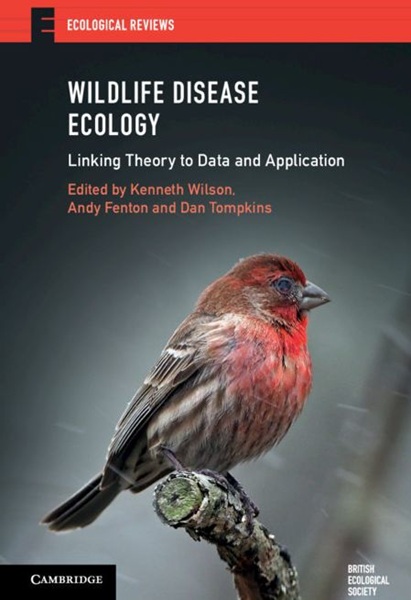

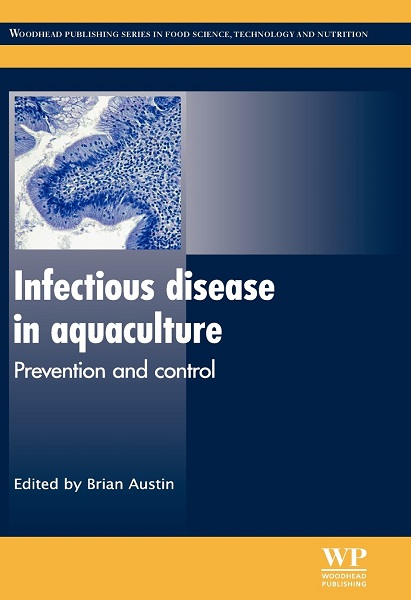

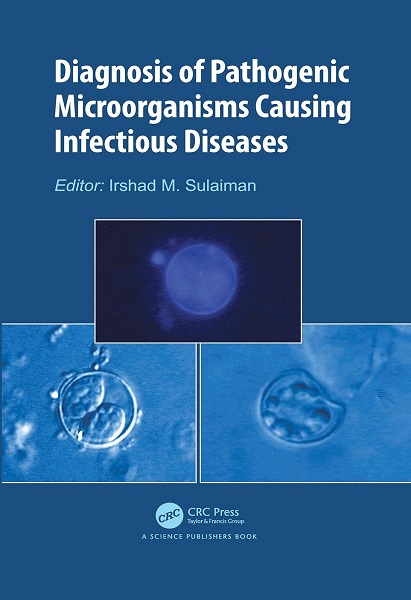

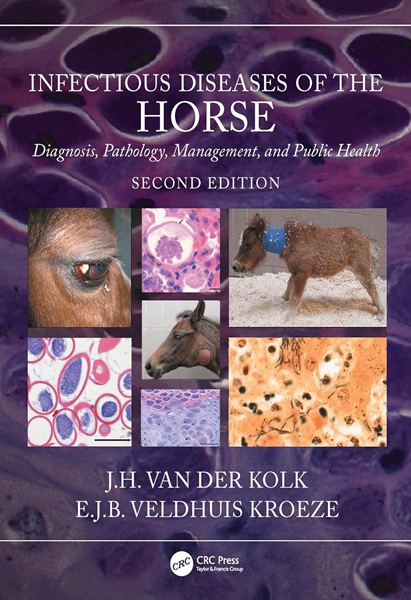
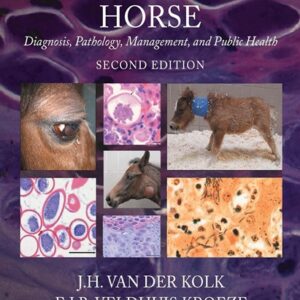
You must be logged in to submit a review.